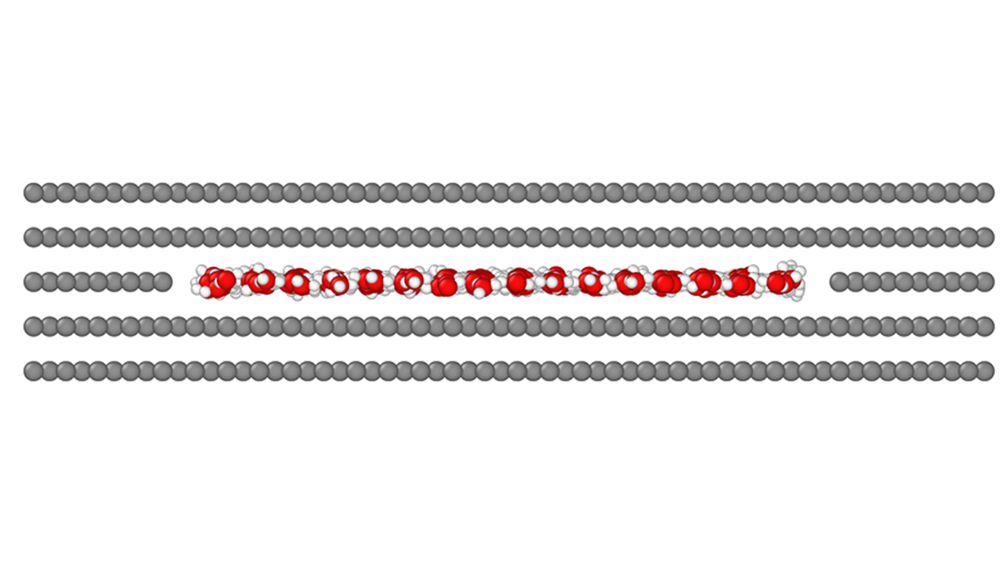“Atomic-scale Lego” creates single-atom width capillaries that act like natural protein channels
National Graphene Institute makes pores that admit water but block smallest ions, which could have implications for desalination and filtration technologies

Sir Andre Geim, co-discoverer of graphene and Nobel laureate, led the team at the University of Manchester’s National Graphene Institute which developed the artificial channels, capable of blocking hydrated ions larger than around 7A (0.7nm) in diameter. “Obviously, it is impossible to make capillaries smaller than one atom in size,” Geim explained. “Our feat seemed nigh on impossible, even in hindsight, and it was difficult to imagine such tiny capillaries just a couple of years ago.”
The channels, made using a technique known as van der Waals assembly or “atomic-scale Lego”, are 3.4A in height, allowing water molecules (2.8A in diameter) to pass through but blocking even the smallest hydrated ions, such as K+ and Cl-, which are 6.6A in diameter because the ions themselves are surrounded by a shell of water. The technique was developed as a result of research on graphene, and the team explains its technique in the journal Science.
Register now to continue reading
Thanks for visiting The Engineer. You’ve now reached your monthly limit of news stories. Register for free to unlock unlimited access to all of our news coverage, as well as premium content including opinion, in-depth features and special reports.
Benefits of registering
-
In-depth insights and coverage of key emerging trends
-
Unrestricted access to special reports throughout the year
-
Daily technology news delivered straight to your inbox










UK Enters ‘Golden Age of Nuclear’
The delay (nearly 8 years) in getting approval for the Rolls-Royce SMR is most worrying. Signifies a torpid and expensive system that is quite onerous...